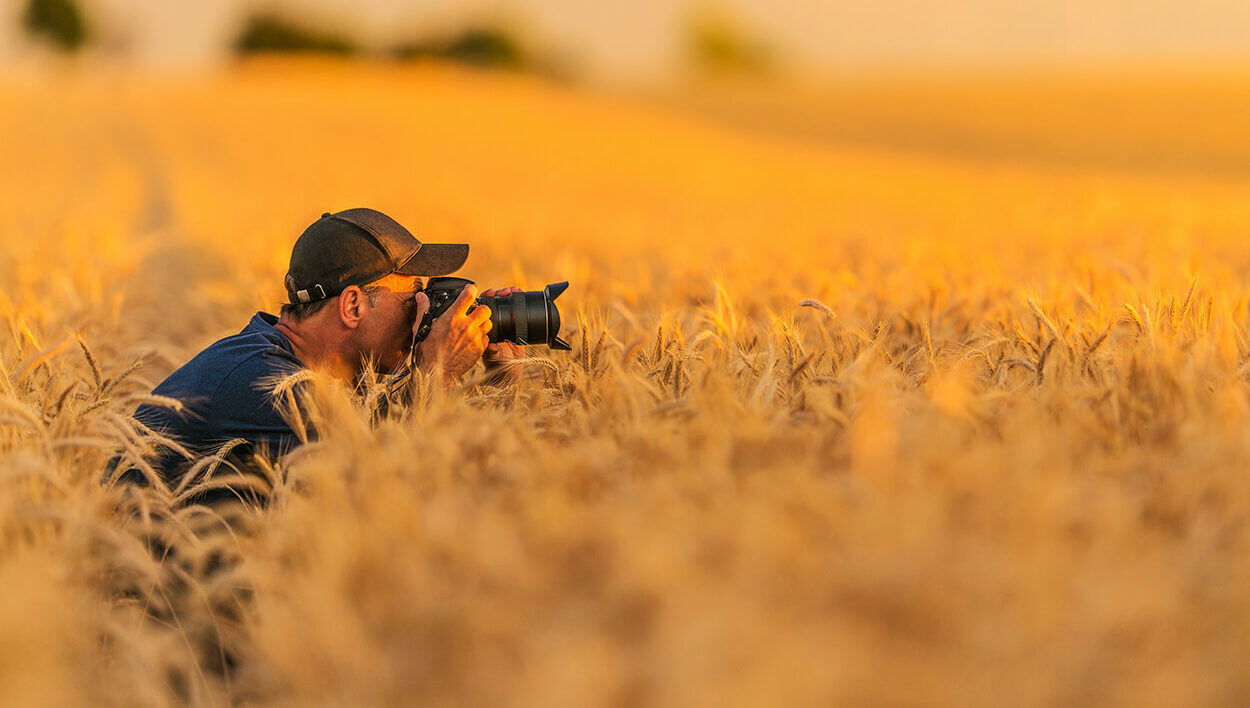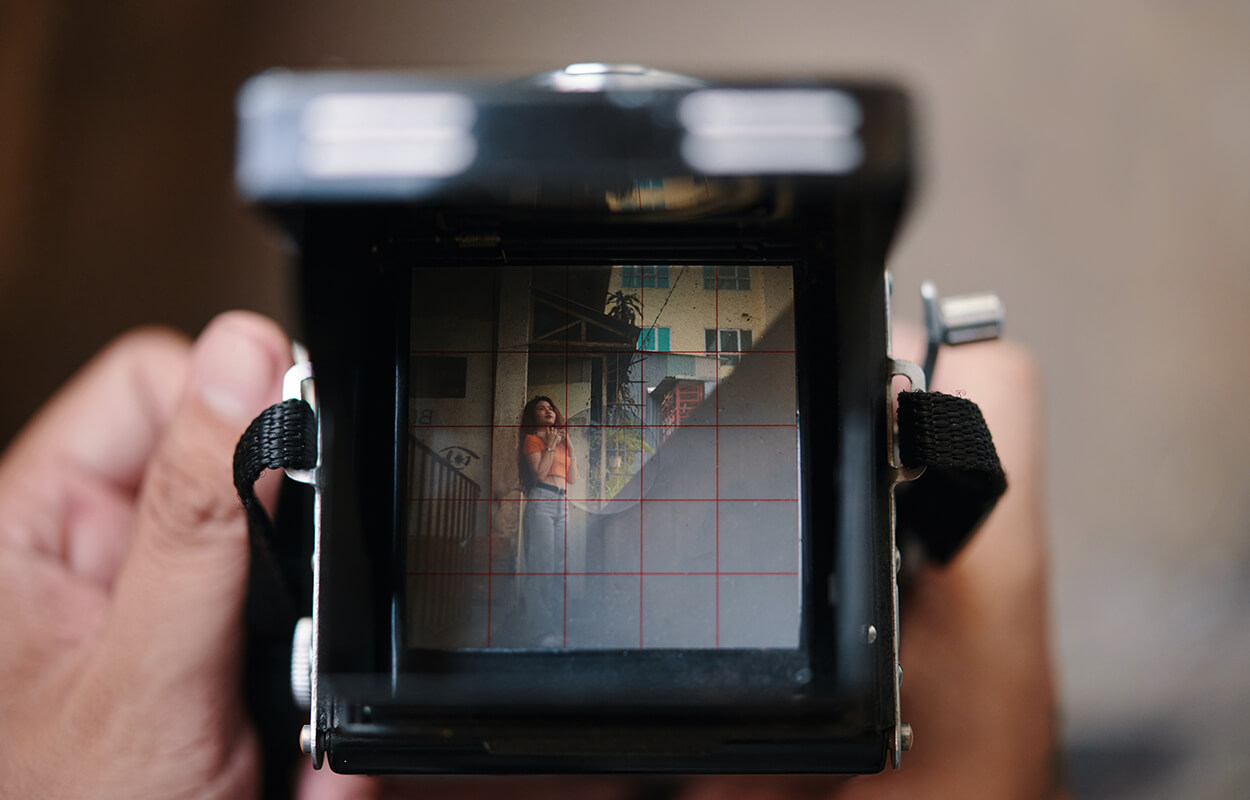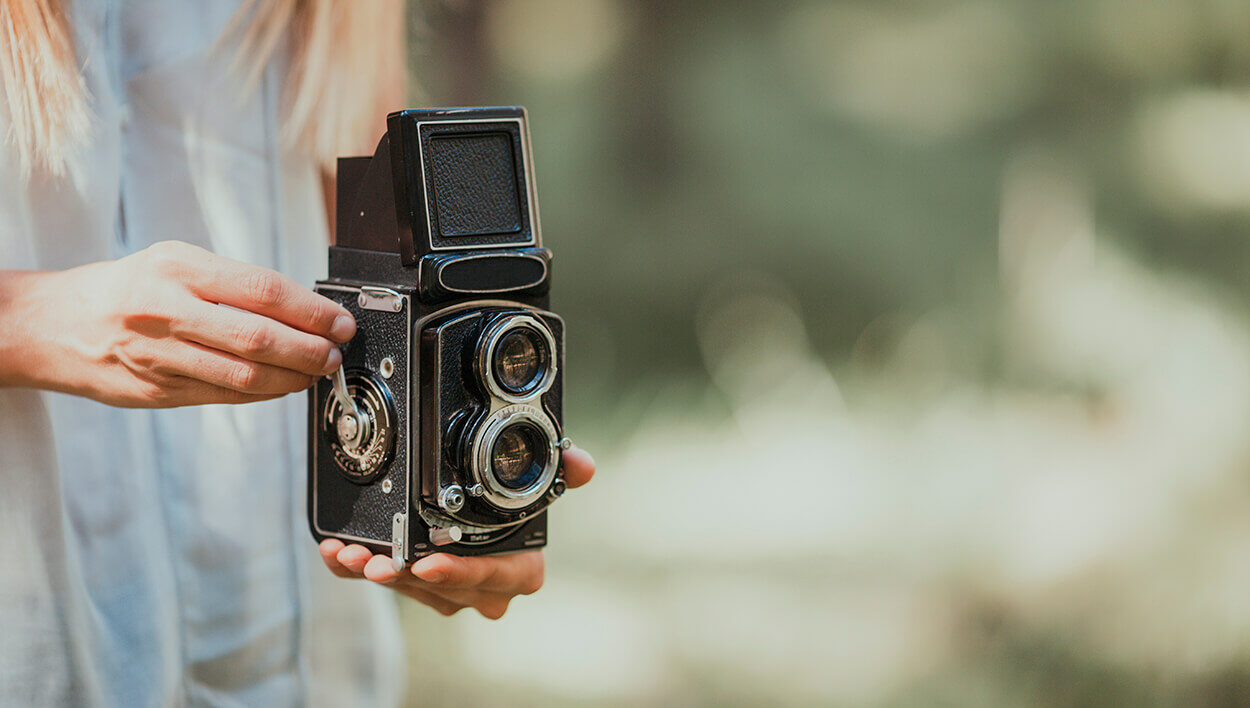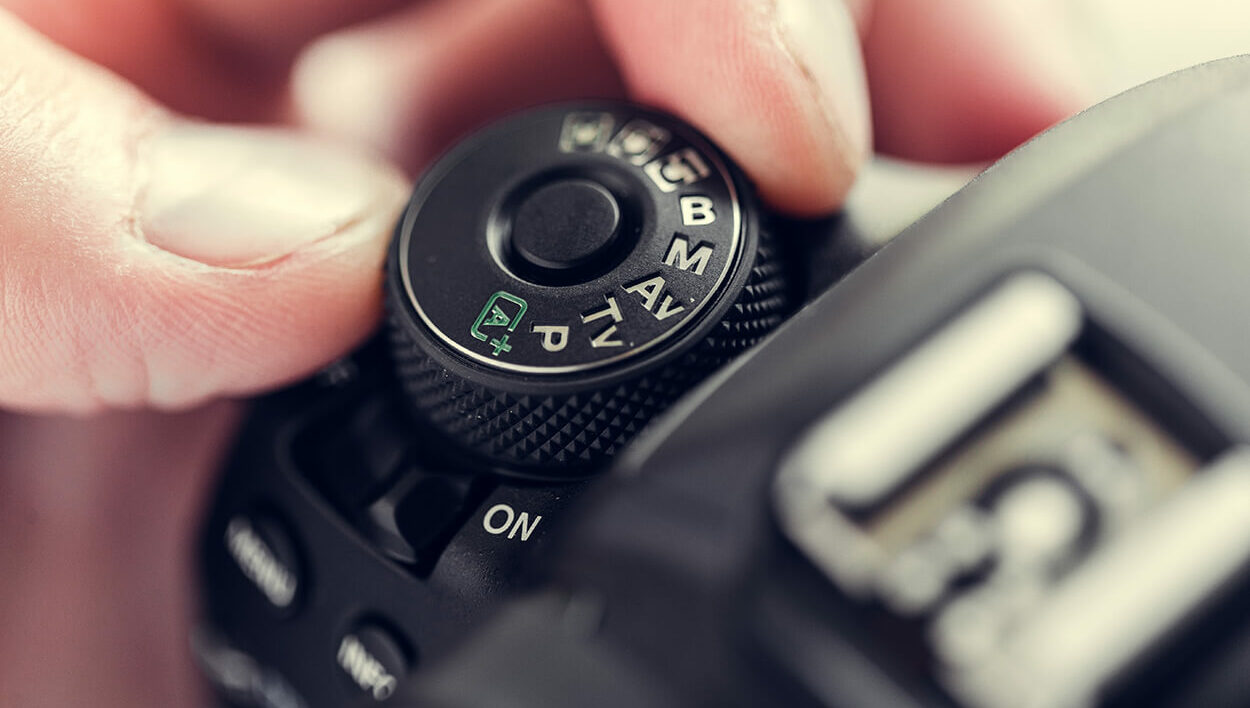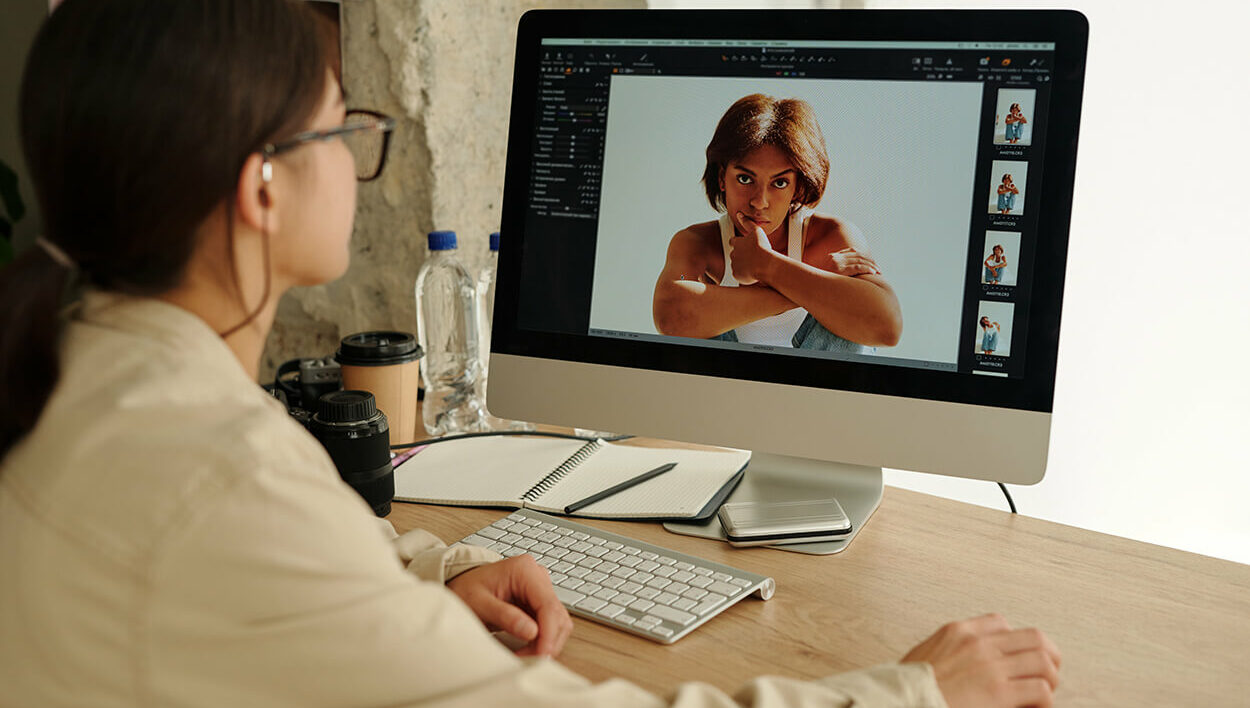Mastering the art of composition is a fundamental skill that distinguishes a good photograph from a great one. In the world of photography, how you frame your shots can make all the difference in the impact and visual appeal of your images. Understanding the principles of composition, from the renowned Rule of Thirds to the clever use of leading lines and negative space, can elevate your photography to a professional level. This article delves into the intricacies of composition, offering insights and techniques on how to frame your shots like a pro and create visually captivating images.
1. Understanding the Basics of Composition
The Importance of Composition in Photography
Composition is like the peanut butter to your photography jelly – it holds everything together. It’s the secret sauce that can take your photos from meh to mesmerizing. Get it right, and you’ll have shots that make people stop scrolling and go, “Wow!”
Key Elements of Composition
Think of composition as the recipe for your visual masterpiece. Elements like leading lines, symmetry, and framing all play a role in how your photo tells its story. Paying attention to these key ingredients can turn a cluttered mess into a captivating work of art.
2. Utilizing the Rule of Thirds
Definition and Concept of the Rule of Thirds
The Rule of Thirds is like the golden rule of photography composition. Imagine your frame divided into a tic-tac-toe grid. By placing your main subject or key elements along these intersecting lines or at their intersections, you create a more balanced and visually appealing image.
Implementing the Rule of Thirds in Your Shots
Forget centering your subject like it’s the star of the show (even though it might be). Embrace the Rule of Thirds to add dynamism and interest to your photos. It’s like giving your composition a spicy kick that makes it pop off the screen or page.
3. Exploring Leading Lines and Symmetry
Using Leading Lines to Guide the Viewer’s Eye
Leading lines are the breadcrumbs that lead your viewer through your photo’s narrative. Whether they’re straight, curved, or zig-zagged, they help create depth and movement that draw the eye deeper into the frame, like a visual adventure waiting to be explored.
Capturing Symmetry for Balance and Harmony
Symmetry isn’t just for math class – it’s a powerful tool in photography composition. Whether it’s a perfectly reflected scene or a balanced arrangement of elements, symmetry brings a sense of order and harmony to your photos. It’s like visual meditation for the eyes.
4. Using Framing Techniques to Enhance Your Shots
Types of Framing Techniques in Photography
Framing isn’t just for hanging on walls – it’s for making your photos pop. From natural frames like archways and windows to man-made frames like doorways and fences, using framing techniques adds layers and context to your images like a delicious visual parfait.
Creating Depth and Focus with Framing
Framing isn’t just about putting a border around your subject – it’s about creating depth and focus within your composition. By framing your subject within a larger context, you give your photo a sense of place and importance. It’s like giving your visual story a stage to shine on.# 5. Playing with Perspective and Depth.
Utilizing Perspective to Add Interest
When it comes to framing your shots like a pro, perspective is the name of the game. Want to make your photos more dynamic and engaging? Experiment with different perspectives. Try shooting from a low angle to make your subject appear larger than life, or play with a high angle to create a sense of drama. Don’t be afraid to get creative and think outside the box – literally, by framing your subject through a doorway or window to add layers to your composition.
Enhancing Depth in Your Photos
Depth is what separates a flat, dull image from a captivating one. To add depth to your photos, incorporate elements that create a sense of scale and dimension. One way to achieve this is by including foreground elements like foliage or architecture to lead the viewer’s eye into the image. Another trick is to play with focus – using a shallow depth of field to blur the background can make your subject pop and give a sense of depth to the scene.
Balancing Positive and Negative Space for Visual Impact
Balancing positive and negative space is like finding the yin and yang in your photos. Too much positive space can overwhelm the viewer, while too little can make the image feel crowded. Experiment with different compositions to find the perfect balance – maybe try placing your subject off-center or leaving empty space in the direction your subject is facing. Play around and see how the interplay between positive and negative space can elevate your photos to the next level. Incorporating these composition techniques into your photography repertoire can transform the way you capture and present your subjects.
By mastering the art of composition, you have the power to enhance the visual storytelling in your images and create photographs that truly stand out. Whether you are a seasoned photographer looking to refine your skills or a beginner eager to learn, practicing and experimenting with these framing techniques will undoubtedly elevate your photography to new heights. Embrace the art of composition, and watch as your shots come to life with creativity and professionalism.

